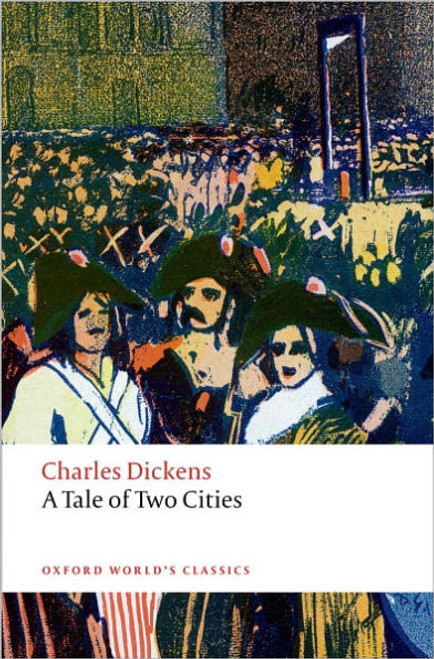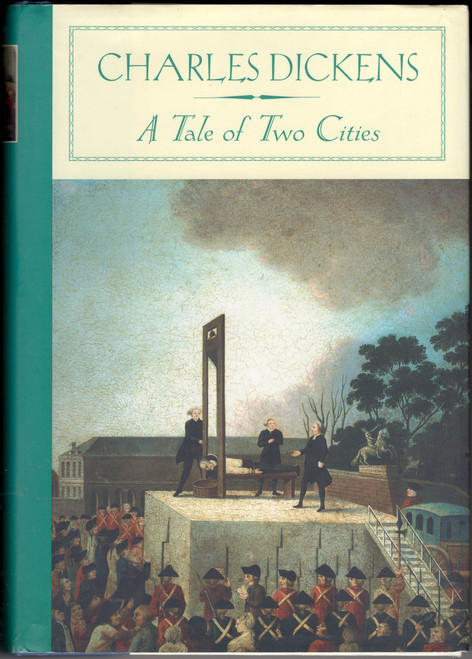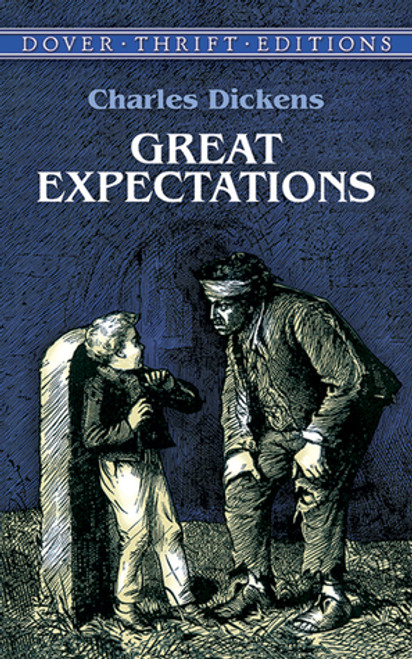Two of the most beloved novels in all of English literature-together in one extraordinary volume.
A Tale of Two Cities
"It is a far, far better thing that I do, than I have ever done; it is a far, far better rest that I go to, than I have ever known."
After eighteen years as a political prisoner in the Bastille, the ageing Doctor Manette is finally released and reunited with his daughter in England. There the lives of the two very different men, Charles Darnay, an exiled French aristocrat, and Sydney Carton, a disreputable but brilliant English lawyer, become enmeshed through their love for Lucie Manette. From the tranquil roads of London, they are drawn against their will to the vengeful, bloodstained streets of Paris at the height of the Reign of Terror, and they soon fall under the lethal shadow of the guillotine.
Great Expectations
"Heaven knows we need never be ashamed of our tears, for they are rain upon the blinding dust of earth, overlaying our hard hearts. I was better after I had cried, than before--more sorry, more aware of my own ingratitude, more gentle."
A terrifying encounter with an escaped convict in a graveyard on the wild Kent marshes; a summons to meet the bitter, decaying Miss Havisham and her beautiful, cold-hearted ward Estella; the sudden generosity of a mysterious benefactor- these form a series of events that changes the orphaned Pip's life forever, and he eagerly abandons his humble origins to begin a new life as a gentleman. Dickens's haunting late novel depicts Pip's education and development through adversity as he discovers the true nature of his "great expectations."
About the AuthorCharles Dickens was born on February 7, 1812, in Landport, Portsea, England. He died in Kent on June 9, 1870. The second of eight children of a family continually plagued by debt, the young Dickens came to know not only hunger and privation,but also the horror of the infamous debtors’ prison and the evils of child labor. A turn of fortune in the shape of a legacy brought release from the nightmare of prison and “slave” factories and afforded Dickens the opportunity of two years’ formal schooling at Wellington House Academy. He worked as an attorney’s clerk and newspaper reporter until his Sketches by Boz (1836) and The Pickwick Papers (1837) brought him the amazing and instant success that was to be his for the remainder of his life. In later years, the pressure of serial writing, editorial duties, lectures, and social commitments led to his separation from Catherine Hogarth after twenty-three years of marriage. It also hastened his death at the age of fifty-eight, when he was characteristically engaged in a multitude of work.







